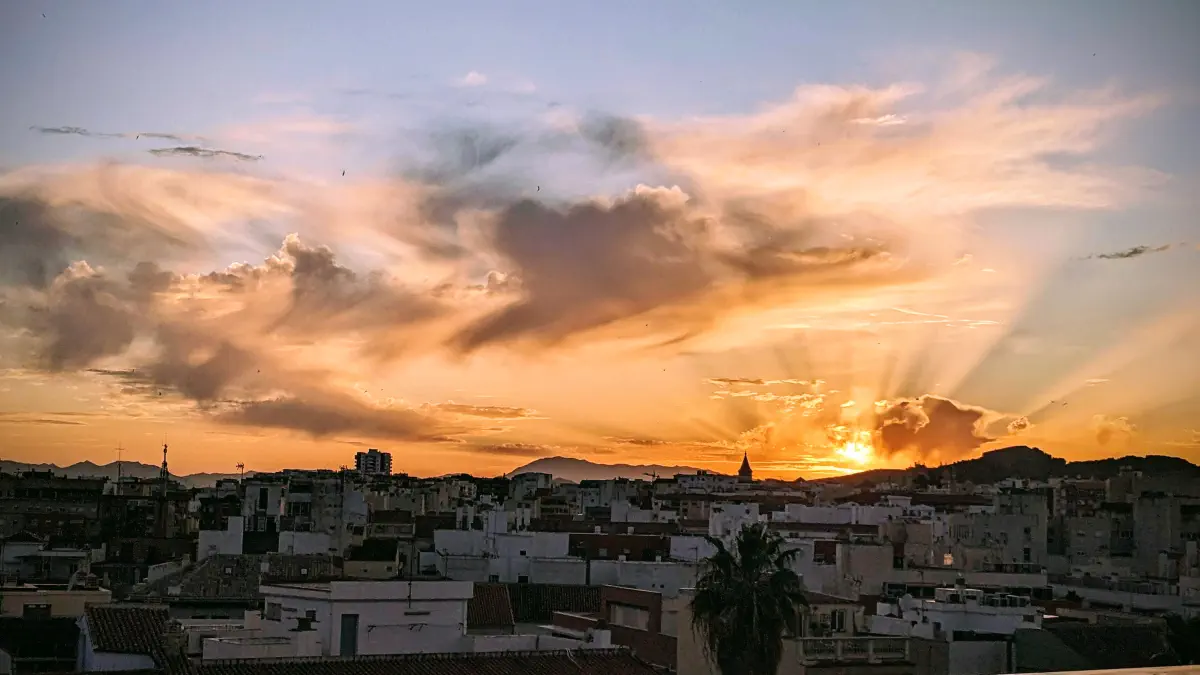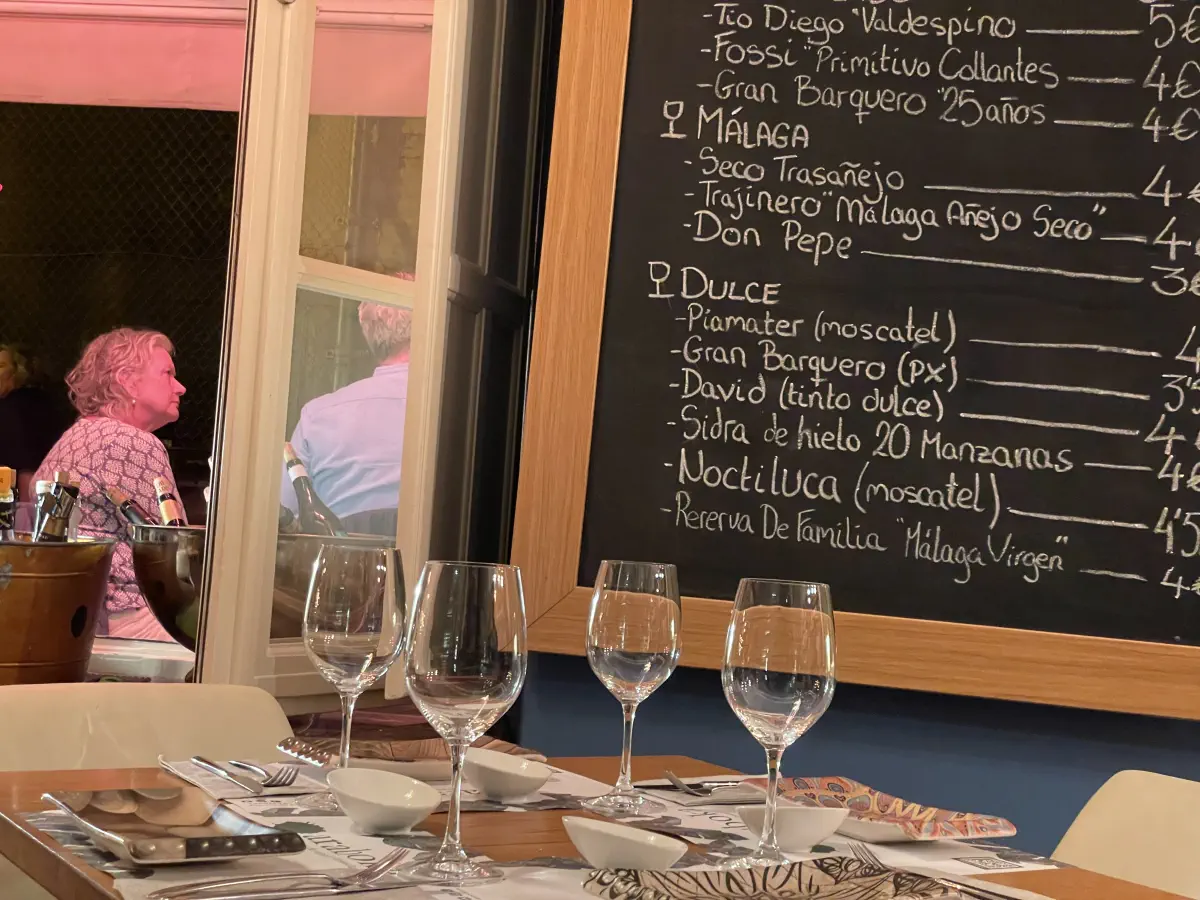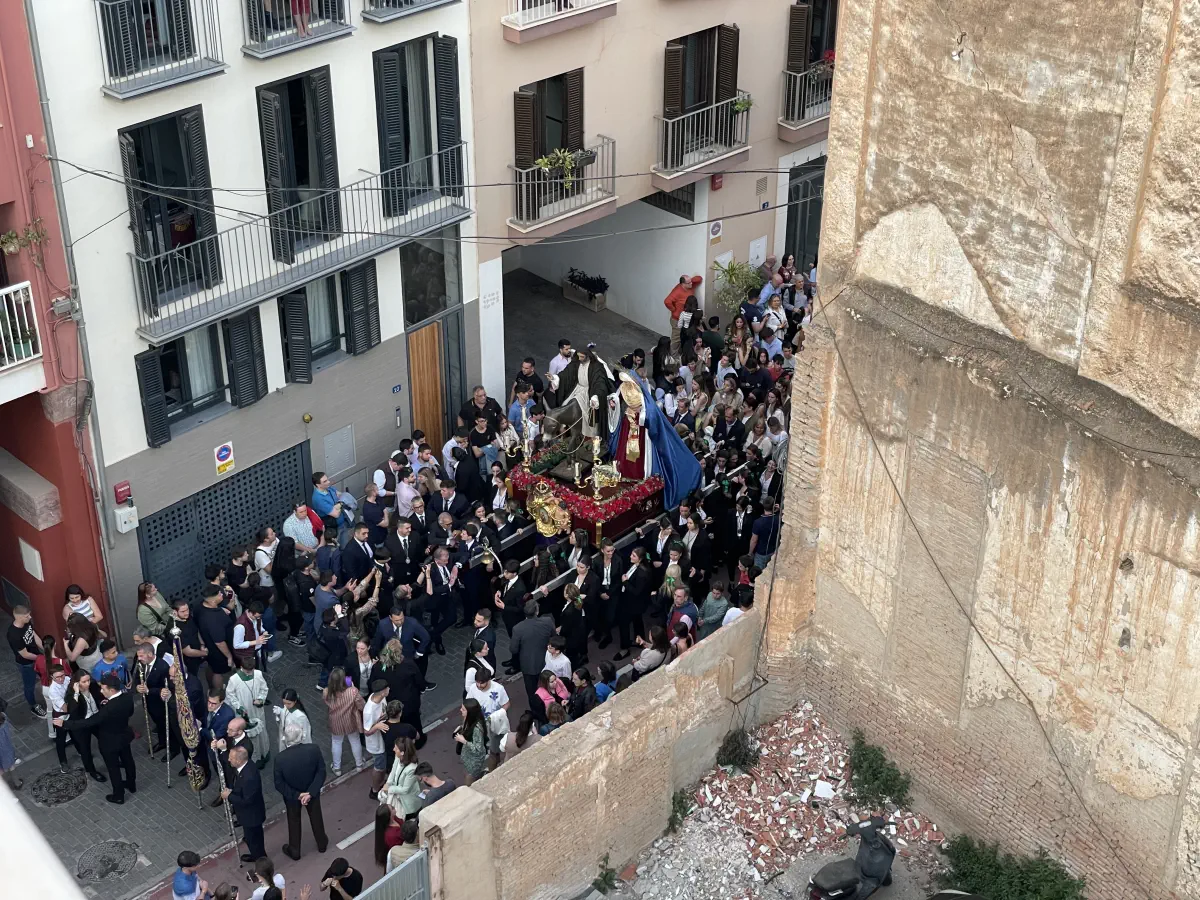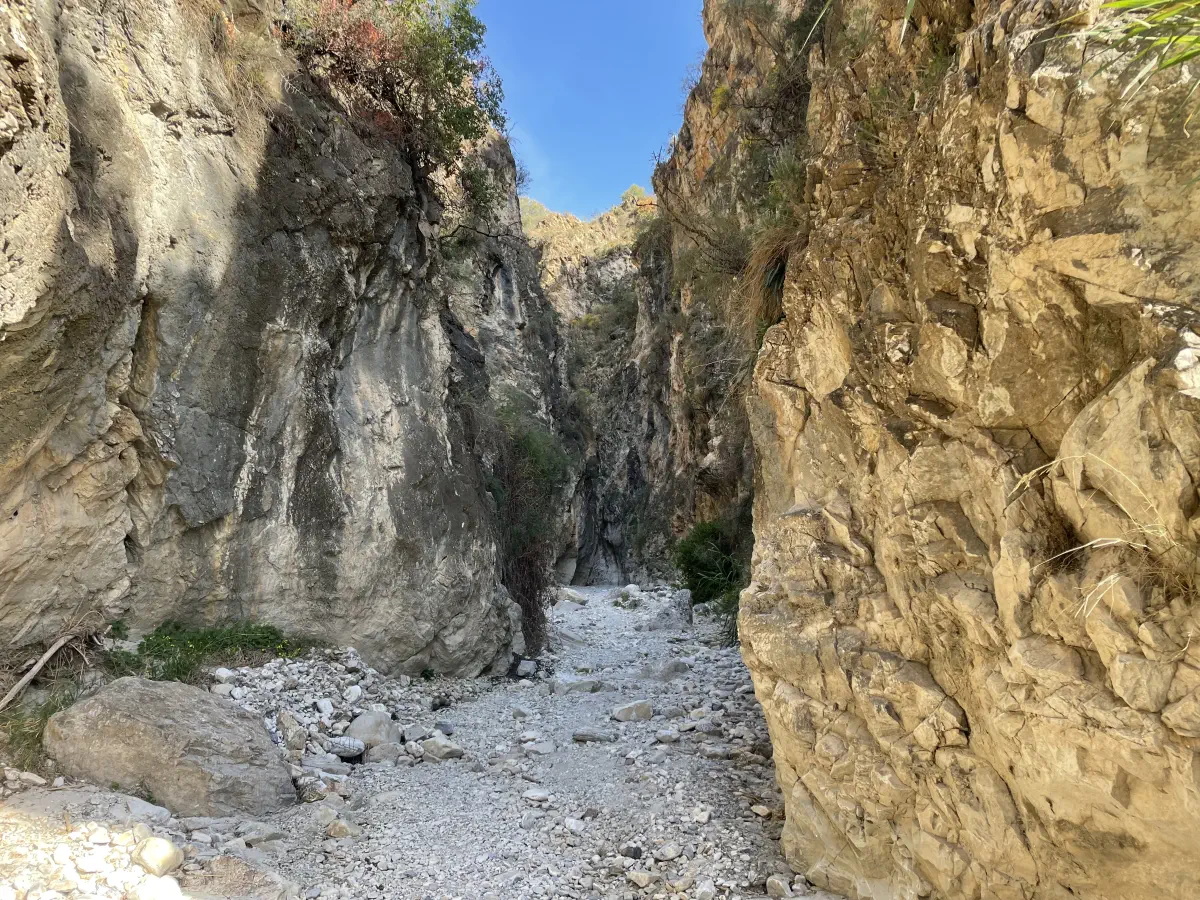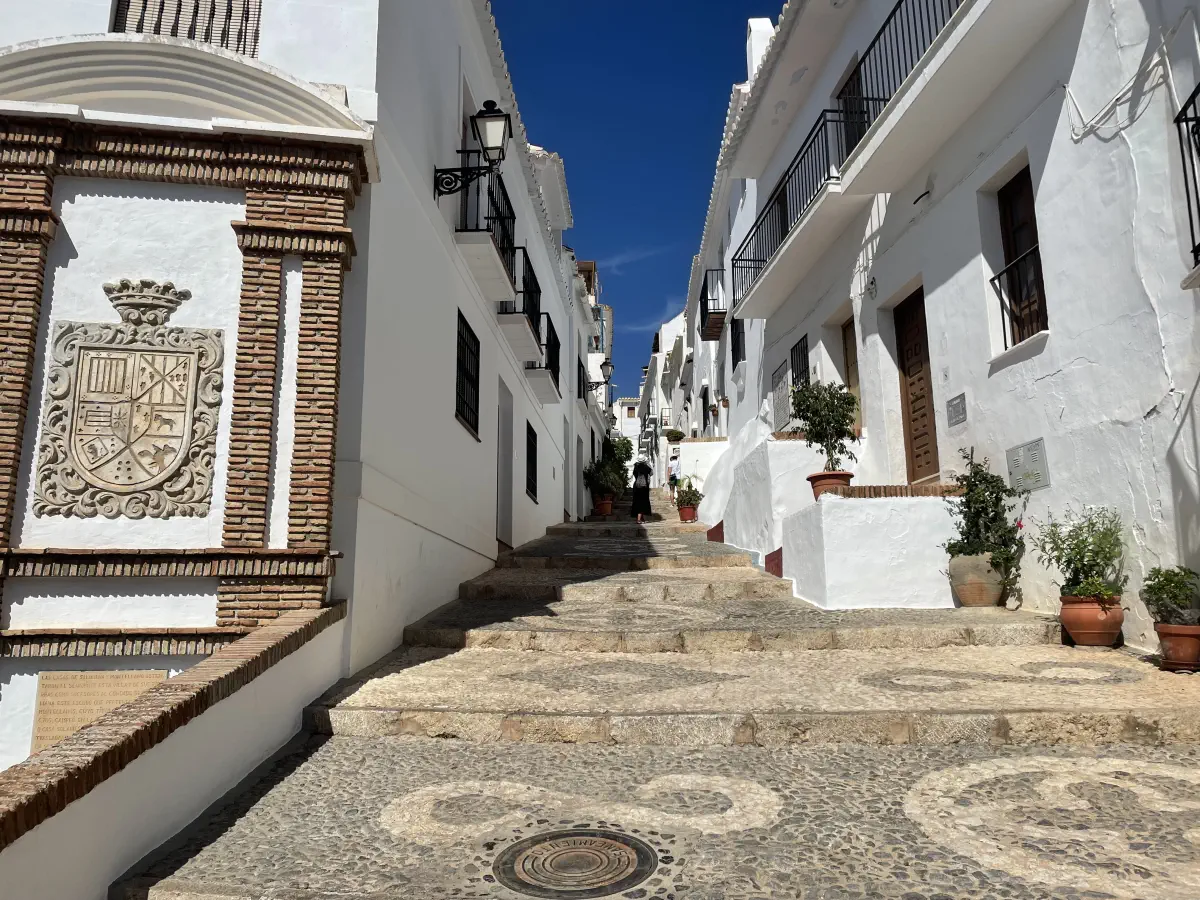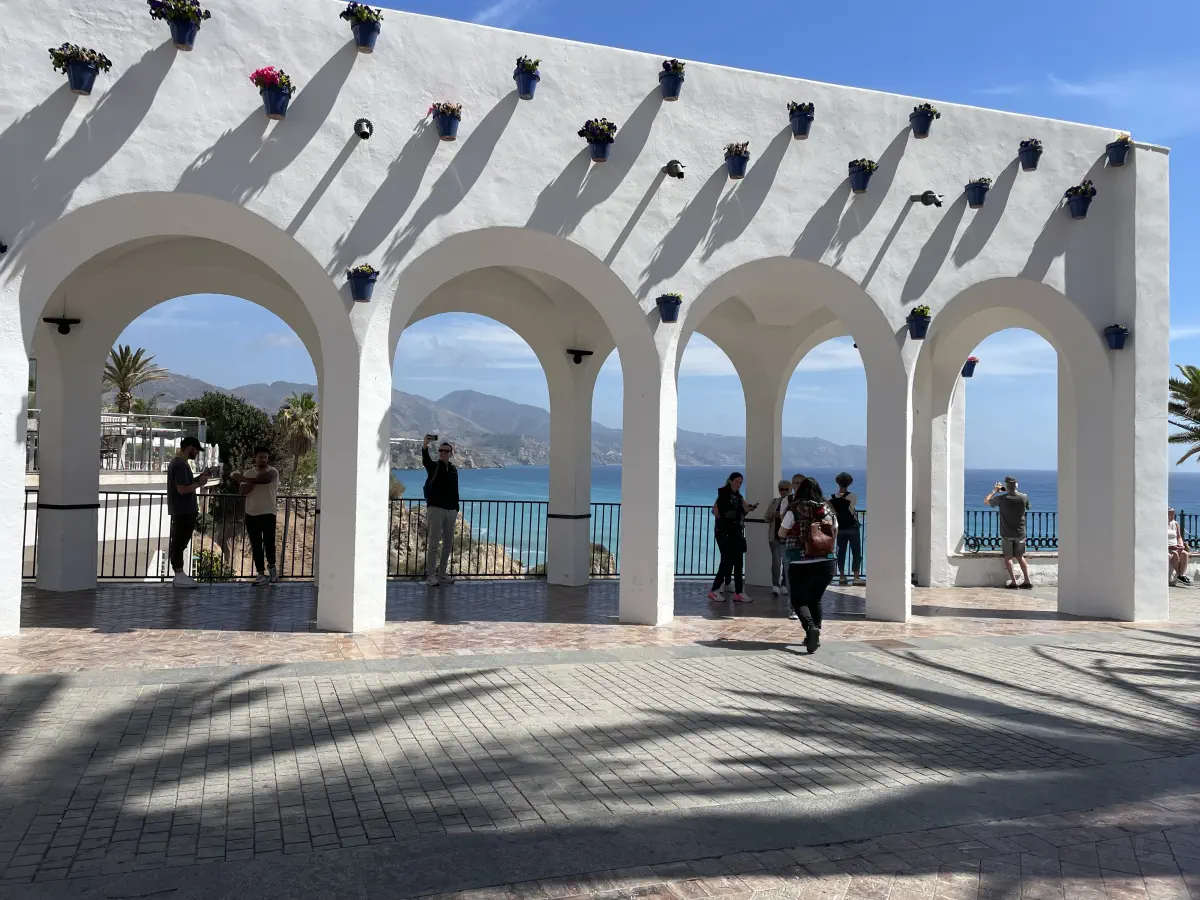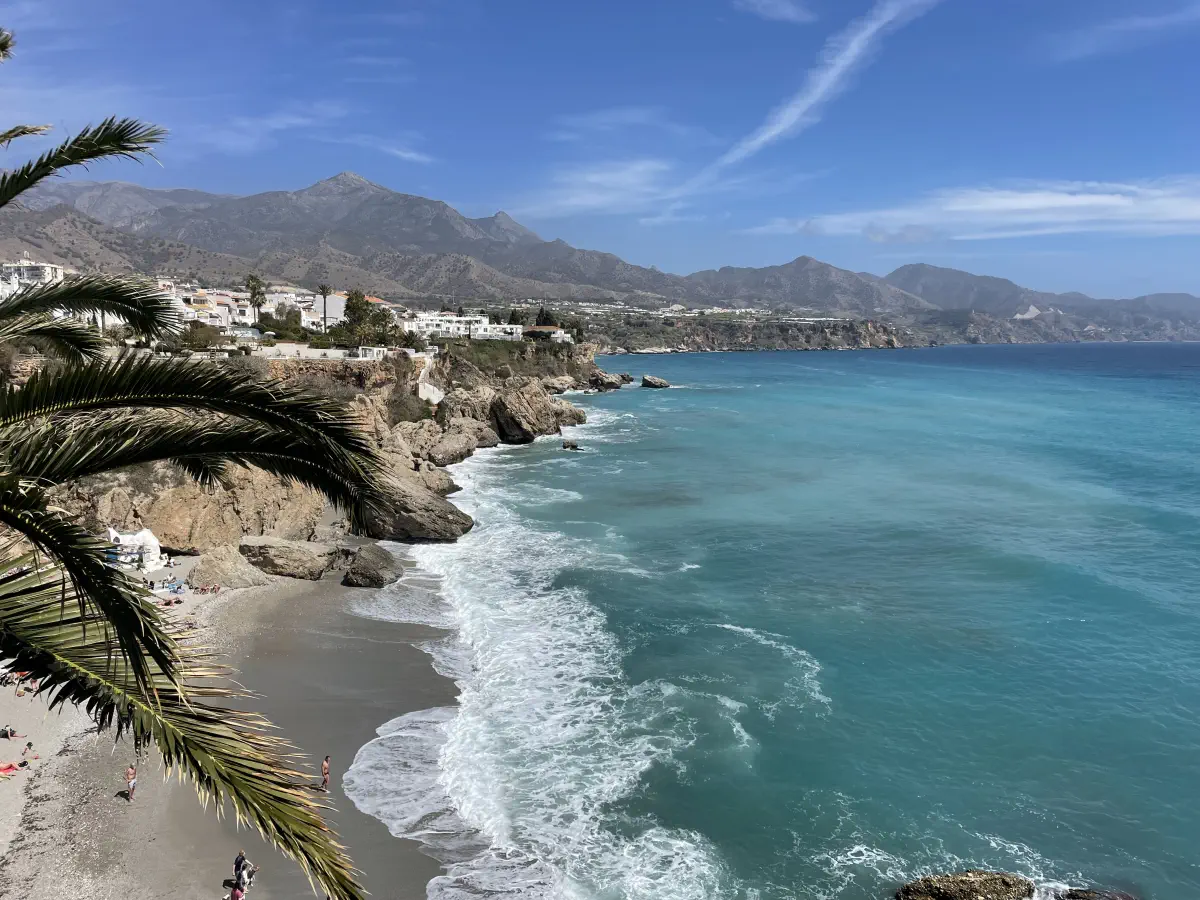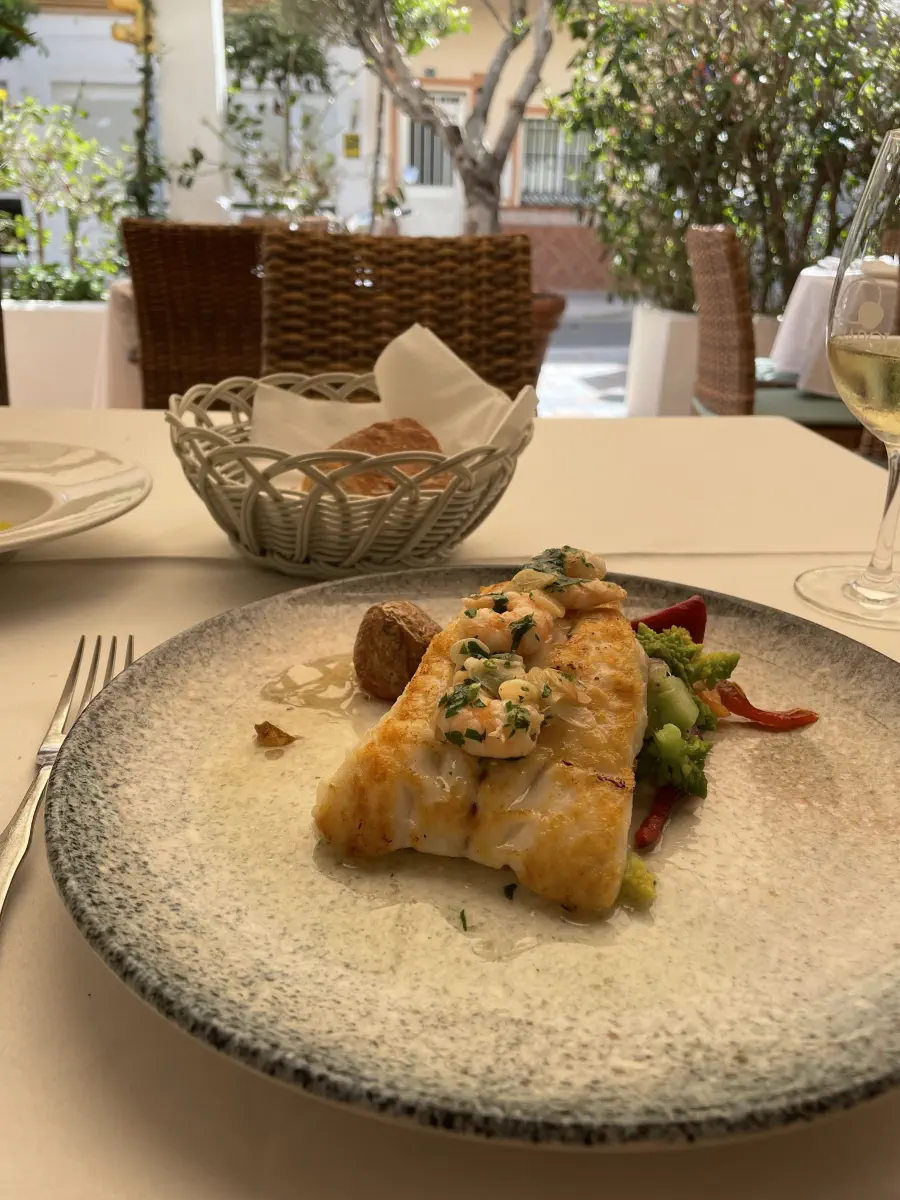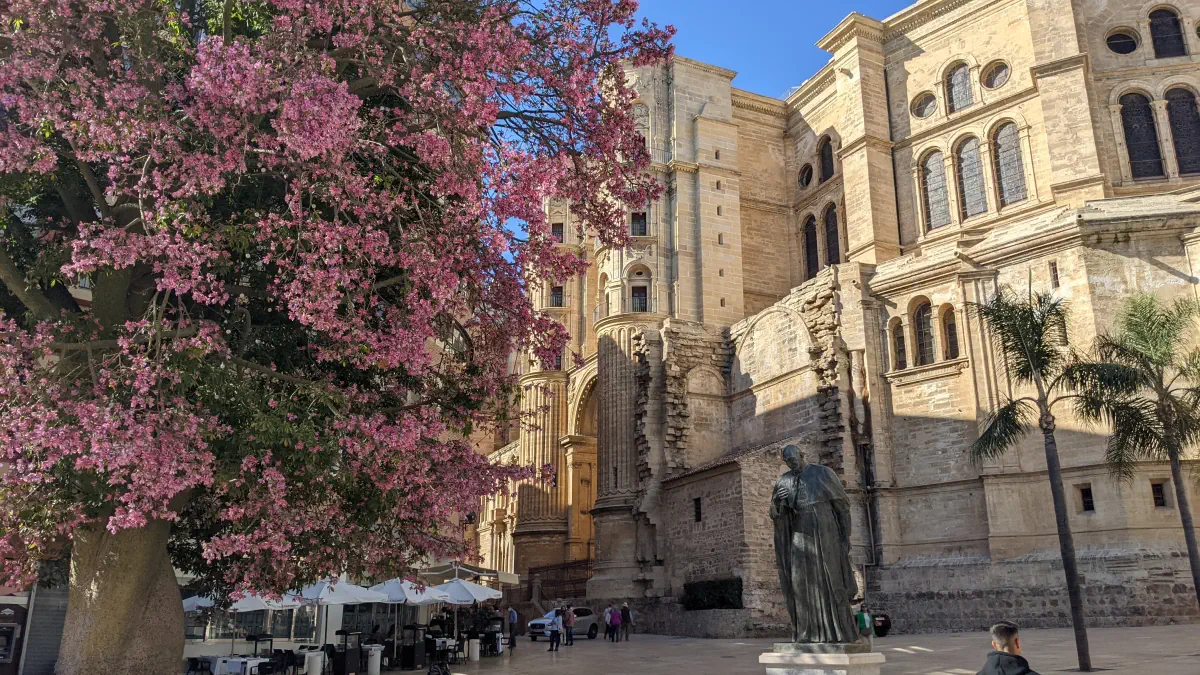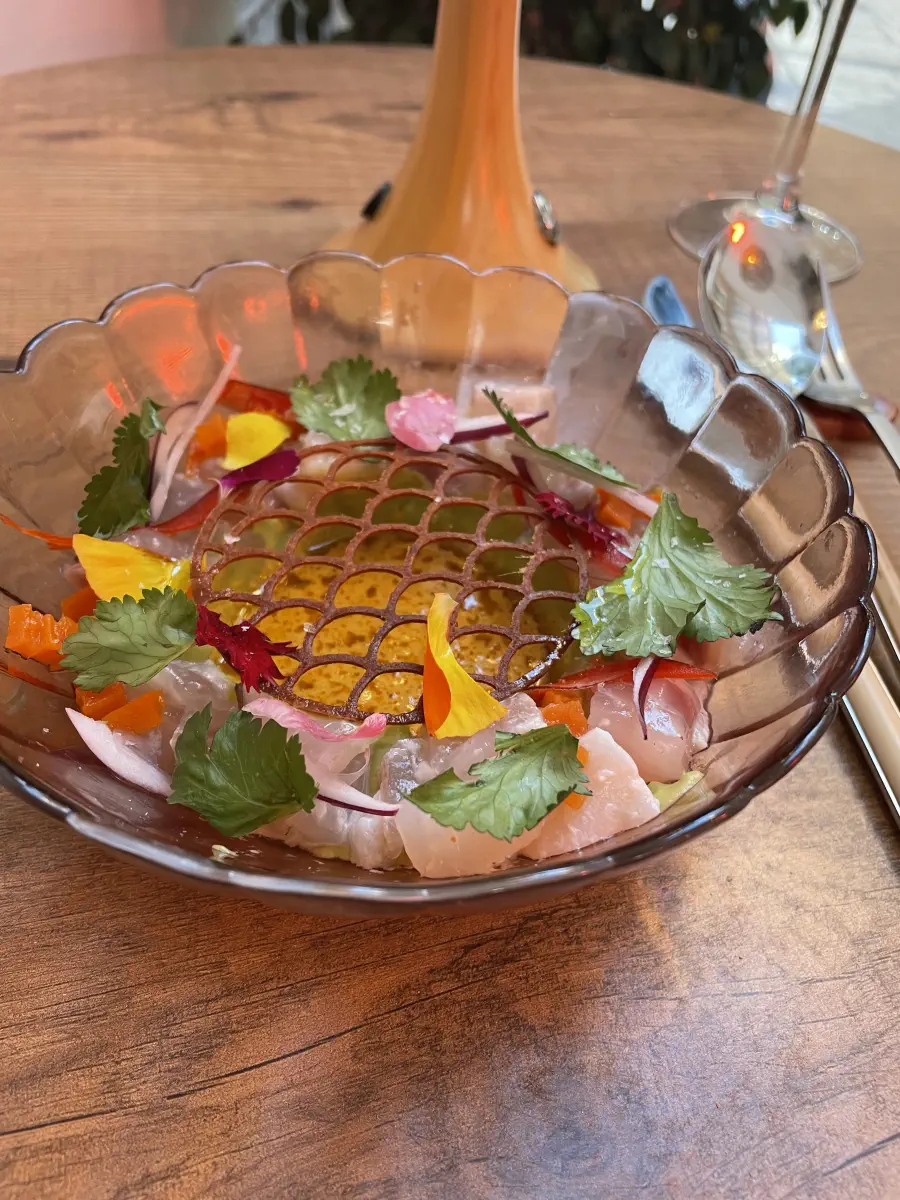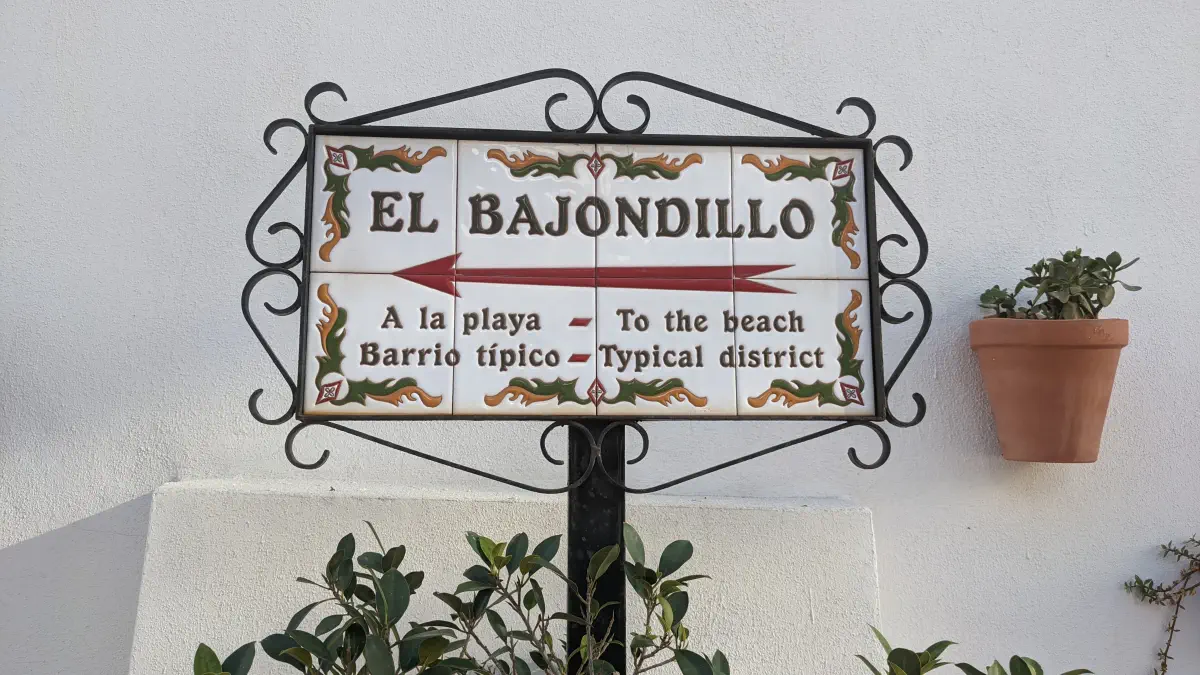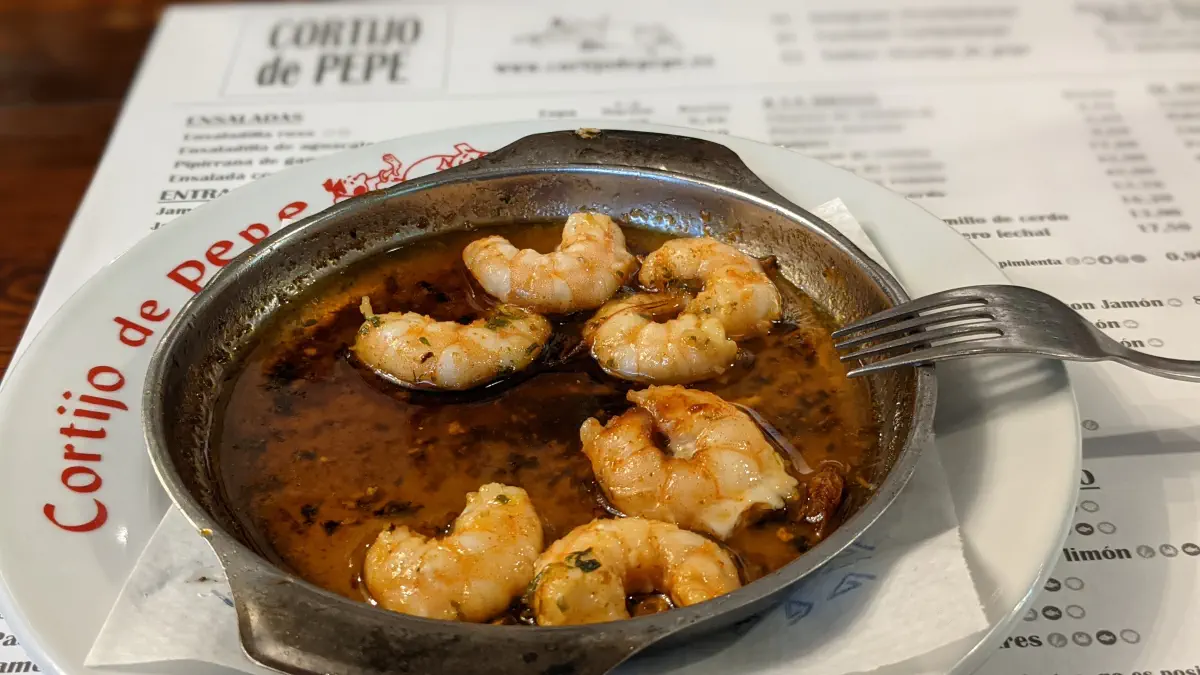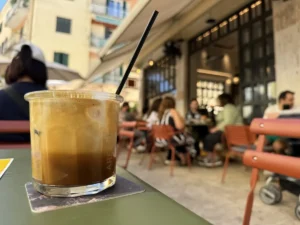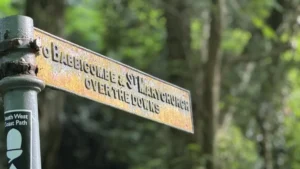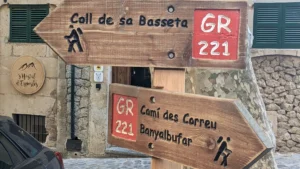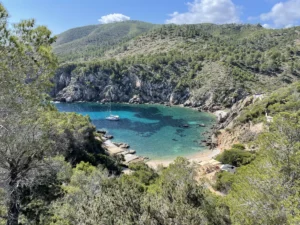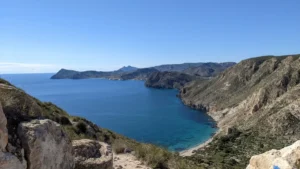Introduction
Málaga, nestled on Spain’s sun-drenched Costa del Sol, is a city teeming with culture, history, and stunning vistas. With its Mediterranean climate, Málaga boasts golden beaches, vibrant nightlife, and exquisite dining experiences. The city’s rich history is evident in its architecture, from the ancient Roman Theatre and the majestic Moorish Alcazaba to the Renaissance splendor of its Cathedral. Málaga is also the birthplace of the world-renowned artist Pablo Picasso, with his legacy beautifully commemorated at the Picasso Museum. Antonio Banderas, the famous actor, maintains a residence here, adding to the city’s star appeal. The bustling markets, charming plazas, and a lively arts scene make Málaga a delightful blend of the old and new, a true gem of Andalusia.
Practical Information
Arrival / Departure
I found Málaga airport to be highly efficient. It is a relatively small airport, and the taxi or Uber ride takes between 15 to 30 minutes, depending on traffic. Alternatively, the local train takes about 20 minutes. The main train station, María Zambrano, is approximately a 20-minute walk from the old town. The bus station is very close to the train station, but be sure to look closely so you don’t end up walking around the entire block.
If you’re headed to Marbella, the bus from Málaga stops at the airport. It’s best to ask where the bus stop is, as it wasn’t immediately obvious to me. You can buy tickets on the bus unless it is full.
I had a 7 a.m. flight out of Málaga. Uber worked reliably, and security clearance was fast. Similar to Mallorca, the airport is highly efficient.
Getting around
Uber worked reliably, and trains and buses operated excellently. Buying a ticket required an ID, even on the machine where the number needed to be entered. The bus station can get busy and chaotic, so make sure you queue at the right counter or, better yet, buy your bus ticket online. For popular destinations like Nerja, it is mandatory to book a specific bus, or you risk waiting a long time.
There is a bus stop closer to the old town, near the Museum, just by the water. It has a small counter that is not open all day but has fewer people.
The local trains are called cercanias. These take you as far as Fuengirola, via the airport and popular seaside places like Torremolinos.
The town center is very walkable, but it can get hot, so keep that in mind, especially if you take the many stairs up to the Castillo de Gibralfaro.
Highlights
Enjoy a vermut at El Pimpi. Stroll through and admire the interior, but head straight for the terrace. If it’s full, the wait is usually not long. Sip on a house vermut de la casa and watch people admire the Roman Theatre. If you’re feeling peckish, there’s food too, from tapas to full meals.
Málaga offers many bustling tapas bars and restaurants. The house wine is usually pleasant, and there’s a wide variety of cold beers to sample. Be careful with your order; if you ask for raciones, you’ll get a large portion. For smaller bites, ask for the tapa size. These places can get frenetic during peak times. The staff work hard, so be patient if service takes a bit longer. I had no bad meals in Málaga, and the options for refined dining are vast (see food recommendations below).
The Alcazaba is a must-visit. Book or join a guided tour for an enriching experience. These tours are affordable and can be booked through most hostels or joined in the square at the Roman Theatre.
A day trip to Nerja and a hike to Frigiliana is worthwhile. The walk from Nerja is not difficult or very long, following a dried-up river through a gorge up to the picturesque whitewashed village. Frigiliana has hiking trail maps in its center, making it a good place to stay for walks. A bus or taxi can take you back to Nerja, where you can explore more and enjoy stunning views before catching the bus back to Málaga. There are guided tours, but for the hike, you’ll need to self-organize, giving you more time to enjoy.
A day trip to Fuengirola and Torremolinos is easily done by train. Stop in Torremolinos on the way out or back. Have lunch in one place, and a snack and sundowner in the other. Torremolinos has more to offer, with the upper town and its train stop, and a mile-long promenade with chiringuitos (beach restaurants with BBQ) down by the beach. If you feel like walking, you can stroll all the way to Benalmádena, with the sea always on your left, and take the train back from there.
Semana Santa preparations include practice marches with men carrying large and heavy floats (pasos) accompanied by music, setting a beat for them to move in unison. It’s busy but not as hectic as the actual processions. If you don’t like crowds, it’s best to avoid Semana Santa itself and consider visiting during the practice runs.
If you fancy shopping, Muelle Uno is a popular spot.

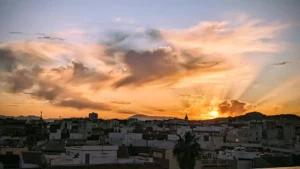
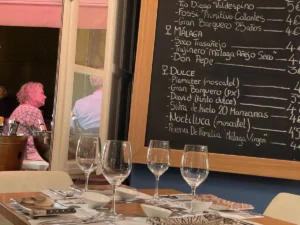
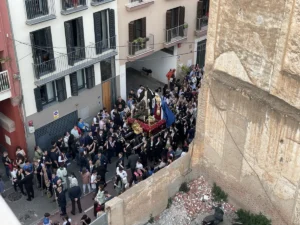
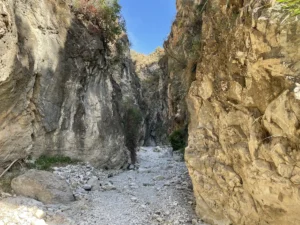
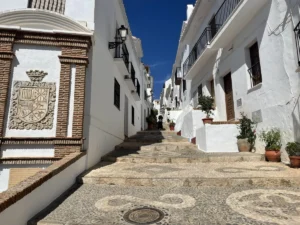
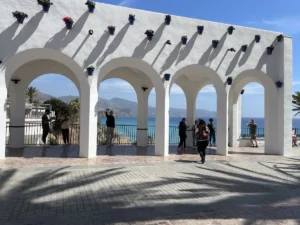
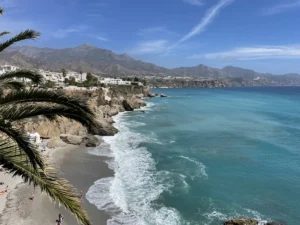
Tips and Tricks
Food
The list of recommended places to eat is extensive. However, I would avoid Calle de Bruselas due to their overpriced coffee. There are plenty of other places that don’t overcharge tourists.
While Málaga has its own wine, I wasn’t sold on it. I’m not a fan of sweet wine, but you might love it. Across Málaga and Andalusia, you’ll find traditional dishes like Ajoblanco, Salmorejo, Rabo del Toro, and various fried fish.
Here are some places I really liked, though restaurants come and go, and chefs change:
Araboka: Pleasant atmosphere, good food at reasonable prices. The Ajoblanco was delicious, and they have a good wine selection.
Pampa Grill: Great for steaks. It’s best to book for dinner, but lunchtime is usually fine without a reservation.
La Cosmopolita Malagueña: Higher-end dining with a lovely interior. You can mix half portions for starters with full portions for the main course.
Cortijo di Pepe: A bit hidden with more local guests. It’s better to sit inside and watch the BBQ master at work.
Casa Lola: Offers both large and small tapas. There can be a queue during busy times, but the price and quality are very good for a touristy place.
Alexso: Located closer to the Teatro. It’s best to make a reservation. The food and service are high quality, with very reasonable prices.
Ta-Kumi: If you need a break from tapas, this place offers Asian and Japanese cuisine with an Andalusian touch. The sister locations are Madrid and Marbella.
Further afield:
Fuengirola: Bodega Charolais offers a very relaxed lunch in a pleasant garden setting, a more refined place to eat.
Torremolinos: I liked Chiringuito El Velero. The staff were efficient, the grilled sea bream was nice, and the bartender made excellent cocktails. I also tried Tiki, but it was underwhelming as they tried too hard.


